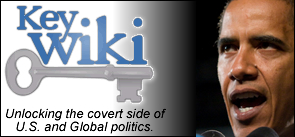What if they just stop Watching?
By: Nancy Salvato In the beginning, what excited people most about traveling to the new world was...
Read MoreBy: Nancy Salvato In the beginning, what excited people most about traveling to the new world was...
Read MoreBy: Nancy Salvato Recently, two articles gave me pause. The first by Alana Semuels, “How Chicago...
Read MoreBy: Nancy Salvato In an article by Connor Wolf called This Is The Difference Between TPP And TPA...
Read More

My beloved husband,
GARRY HAMILTON,
passed away
on September 24th, 2022.
I will love you always.

